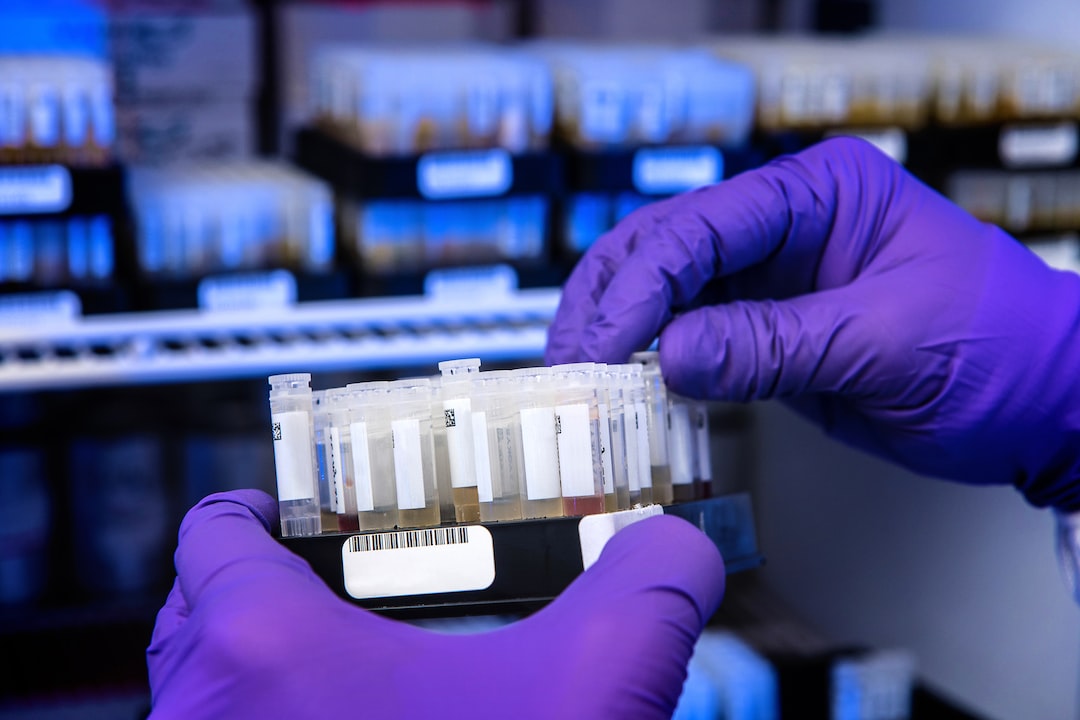The Rise of Additive Manufacturing and its Potential Applications
In recent years, additive manufacturing, also known as 3D printing, has gained significant attention and widespread adoption across various industries. This innovative technology allows the creation of complex objects by layering materials, presenting limitless potential for customization, efficiency, and cost-effectiveness. As additive manufacturing continues to evolve and mature, its applications span across multiple sectors, revolutionizing the way we design, produce, and consume products.
One of the key advantages of additive manufacturing is its ability to produce highly complex geometries that were previously unattainable using traditional manufacturing methods. With the layer-by-layer process, designers have complete control over every detail, from intricate internal structures to intricate surface finishes. This provides immense flexibility for industries such as aerospace, where lightweight, intricate parts are critical. Additive manufacturing enables the creation of components with reduced weight and increased strength, leading to improved fuel efficiency and performance.
Moreover, the healthcare industry has embraced additive manufacturing with enthusiasm. From personalized prosthetics to patient-specific implants, 3D printing has revolutionized the way medical devices are created. In the past, manufacturing medical implants required expensive and time-consuming processes. However, additive manufacturing allows for the production of custom-designed implants that perfectly fit an individual’s anatomy. This not only improves patient outcomes but also reduces surgery time and costs. Similarly, additive manufacturing has proven to be effective in the production of anatomical models, surgical instruments, and drug delivery systems.
The automotive industry has also recognized the potential of additive manufacturing. With this technology, car manufacturers can rapidly produce prototypes, reducing development time and cost. Additionally, 3D printing enables the production of lightweight components, aiding in fuel efficiency and reducing emissions. Additive manufacturing is also being utilized in the production of spare parts, eliminating the need for costly inventory and reducing downtime. This advancement has the potential to transform the automotive aftermarket by allowing drivers to print replacement parts on demand rather than waiting for a shipment.
The applications of additive manufacturing are not limited to large industries; they extend into the realm of consumer products as well. Recently, there has been a surge in the adoption of desktop 3D printers, allowing individuals to bring their ideas to life. From personalized phone cases to household decorations, additive manufacturing has enabled the democratization of product creation. This not only sparks creativity and innovation but also empowers entrepreneurs and small businesses by reducing the barriers to entry.
Another area where additive manufacturing has made significant strides is in the construction industry. Traditional construction methods often involve labor-intensive processes and can be time-consuming. Additive manufacturing, however, offers the potential for rapid and automated construction. This technology allows for the construction of complex architectural designs with minimal waste, reducing costs and construction time. 3D-printed buildings have already been constructed, showcasing its potential to revolutionize the construction industry and provide affordable housing solutions in remote or disaster-stricken areas.
Furthermore, additive manufacturing has shown promise in the field of sustainable production. Traditional manufacturing often generates significant waste, as materials are subtracted to create the desired shape. With additive manufacturing, waste is minimized as materials are only used where necessary. Additionally, 3D printing allows for the use of recycled or bio-based materials, further reducing the environmental impact. This sustainable nature of additive manufacturing aligns with the growing demand for eco-friendly practices and materials.
As additive manufacturing continues to advance, its potential applications seem limitless. From aerospace and healthcare to automotive and consumer products, this technology is reshaping industries and unlocking new possibilities. However, challenges remain, such as the need for improved materials, scalability, and increased speed. Despite these hurdles, the rise of additive manufacturing signals an exciting future, where customization and sustainability are at the forefront of manufacturing processes. The possibilities are endless, and it is only a matter of time before additive manufacturing becomes a fundamental part of our everyday lives.

